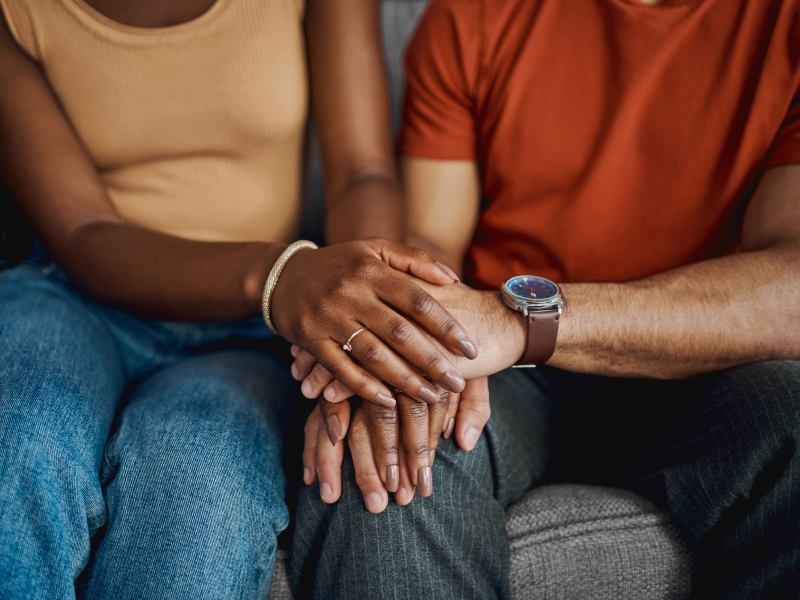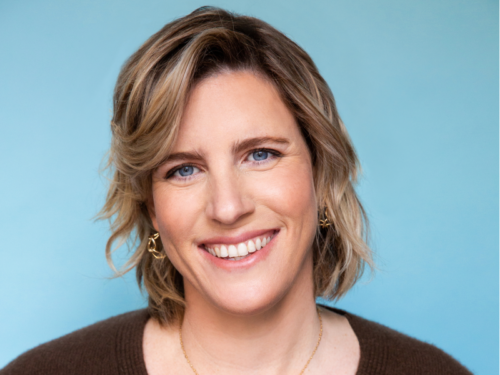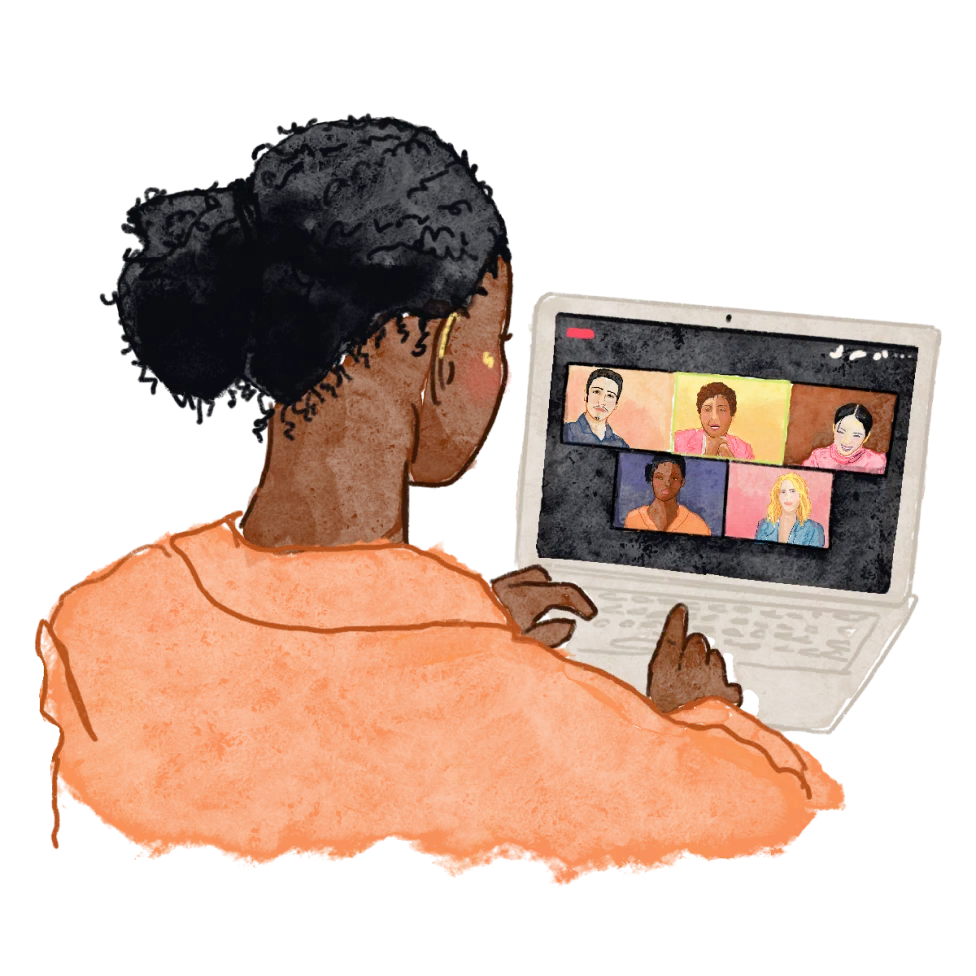
Table of Contents
BPD and Getting Over Your Favorite Person
Written By: Charlie Health Editorial Team

Clinically Reviewed By: Dr. Don Gasparini
March 28, 2023
8 min.
From understanding the intense attachment dynamics of having a BPD favorite person to practicing self-care, we'll guide you through the process of letting go and finding healing.
Learn more about our Clinical Review Process
Table of Contents
Having a favorite person is a common experience for individuals living with borderline personality disorder (BPD). A favorite person is someone who a person with borderline personality disorder has an intense emotional connection to or dependence on. This person can act as a source of validation or reassurance, which can trigger positive feelings and provide a sense of security.
However, when a close relationship becomes unbalanced or unhealthy, it can lead to emotional instability and difficulty managing symptoms. In this article, we will explore what a favorite person is, how it can influence someone with borderline personality disorder, and strategies to get over them.
What it means to “get over” a BPD favorite person
Getting over a favorite person in BPD means that the person has worked through and overcome their intense emotional attachment to that individual. This can be a challenging process that often involves therapy and developing healthy coping mechanisms to manage feelings of abandonment and separation anxiety.
It is important to note that getting over a favorite person is not always a permanent solution, as someone with BPD may develop new attachments over time. Nonetheless, it is a crucial step in learning to manage BPD symptoms and form healthier interpersonal relationships.

Learn how to live with your personality disorder
BPD groups, individual therapy, and peer connection for long-term healing.
What it means to have a BPD favorite person
A favorite person in the life of someone with borderline personality disorder is someone they rely on for emotional support, validation, and a sense of security. This person could be a romantic partner, a family member, or a close friend. They are essential to the individual’s emotional well-being, and they may feel that they cannot live without them.
How does a favorite person influence someone living with BPD?
A favorite person can significantly impact someone with borderline personality disorder. They can trigger intense emotions, both positive and negative. When the favorite person provides validation and support, the individual with borderline personality disorder feels validated, loved, and secure. However, if the favorite person does something that the individual perceives as abandonment or rejection, they may feel overwhelmed by negative emotions, such as anger, sadness, or anxiety. These emotions can be all-consuming, leading to suicidal ideation, self-harm, or impulsive behavior.
How to get over a BPD favorite person
Getting over a favorite person is challenging for someone with borderline personality disorder because of the intensely emotional connection. However, it is essential to learn ways to cope with the dependency to minimize the risk of self-destructive behavior.
Below are some strategies to help someone with borderline personality disorder get over their favorite person:
Practice self-care
Self-care is crucial for people with BPD, especially those who are trying to get over their favorite person. Practicing good self-care can help an individual manage their emotions better, reduce stress, and maintain their physical and mental health. Self-care activities can include getting enough sleep, exercise, healthy eating, mindfulness meditation, and practicing relaxation techniques.
Seek therapy or counseling
Therapy or counseling is an effective way to help someone with borderline personality disorder who is struggling to get over their favorite person. A trained therapist can provide a safe and supportive environment to explore their emotions, identify harmful patterns, and develop coping strategies to manage triggers. Therapy can also help the individual develop a greater sense of self-awareness and self-acceptance.
Create a support network
Having a support network is essential for individuals with BPD, especially those who are trying to get over a favorite person. A support network can include friends, family, support groups, or an online community. Members of the support network can provide emotional support, encouragement, and accountability.
Practice mindfulness techniques
Mindfulness techniques, such as meditation or deep breathing, can help someone with BPD manage intense emotions and reduce anxiety. Mindfulness involves accepting thoughts and emotions as they are without judgment or reaction. Practicing mindfulness techniques regularly can help reduce emotional reactivity, leading to better overall emotional regulation.

How to let your favorite person go
The process of letting go of a favorite person can be challenging and emotional, but it is necessary for someone with BPD to move forward. Below are some strategies to help someone with BPD let their favorite person go.
Write a letter but don’t send it
Writing a letter to the favorite person, outlining the emotions and reasons for the breakup, can be therapeutic for someone with BPD. However, they should not send the letter as it can prolong the healing process and potentially trigger negative emotions.
Create a goodbye ritual
Creating a symbolic goodbye ritual can be a useful way for someone with BPD to mark the end of the emotional connection with the favorite person. This ritual can involve lighting a candle as a symbol of the release of negative emotions.
Remove triggers
People tend to keep reminders of loved ones around, but it can be challenging for someone with BPD to let go if they continue to be constantly reminded. Removing triggers, such as photos, social media connections or messages, and may help someone with BPD focus on their healing process.
Focus on self-improvement
Focusing on self-improvement can help someone with BPD shift their focus from the favorite person to improving themselves. This can include setting goals, learning new skills, or taking up a hobby. The key is to find activities that promote self-growth and increase self-esteem.
How to prioritize mental health while getting over a favorite person
For someone with BPD, getting over a favorite person can be a difficult and emotional process. However, it is essential to prioritize their mental and emotional health during this period. Below are some strategies to prioritize mental and emotional health while getting over a favorite person.
Set boundaries
Setting boundaries is important for someone with BPD when dealing with a favorite person relationship. This includes setting boundaries on communication and interactions. For example, the individual may choose to limit communication to specific times during the day or avoid certain topics of conversation.
Practice self-reflection
Practicing self-reflection can help someone with BPD identify their triggers and negative thought patterns. By becoming more self-aware, they can develop coping strategies to manage their emotions better and reduce the influence of a favorite person relationship.
Avoid comparisons
Comparing oneself to their favorite person or their new relationships can be triggering for someone with BPD. It is essential to avoid social media stalking or comparing oneself to others. This can lead to negative emotions and prolong the healing process.
Prioritize self-care
Prioritizing self-care is important for someone with BPD, especially during the healing process. This can include maintaining a consistent sleep schedule, regular exercise, healthy eating, and engaging in relaxing activities.
Do you need more support with
your mental health?
Charlie Health can help.
Can someone with BPD have a healthy relationship?
Many people with borderline personality disorder struggle to maintain healthy relationships due to their intense emotions and difficulty managing their BPD symptoms. However, with the right treatment and support, someone with BPD can have a healthy relationship. Below are some strategies to help someone with BPD maintain a healthy relationship.
Seek therapy
Therapy can be helpful for someone with BPD to develop coping strategies to better manage intense emotion, identify triggers and negative patterns, and improve communication skills. A trained therapist can also help the individual identify healthy relationship dynamics and boundaries.
Communicate openly
Communication is key to maintaining a healthy relationship, and this is especially true for someone with BPD. Openly communicating one’s emotions, including fears, insecurities, and triggers, can help foster trust and understanding in a relationship. It is important to communicate without blame or judgment to avoid triggering negative emotions.
Practice self-awareness
Self-awareness is crucial for someone with BPD to manage their emotions effectively in a relationship. By identifying their triggers and negative patterns, they can work with their partner to develop coping strategies and achieve a balance in the relationship.
Set healthy boundaries
Setting healthy boundaries is important for someone with BPD to maintain healthy relationships. This involves communicating one’s needs and limits and respecting the boundaries of others. It is crucial to avoid placing too much dependence on a partner, which can trigger negative emotions and lead to unbalanced or unhealthy interpersonal relationships.
How dialectical behavior therapy (DBT) can help BPD
Dialectical behavior therapy (DBT) is a type of therapy designed specifically for individuals with BPD. While dialectical behavior was initially designed for BPD, BPD is not the only mental health disorder that DBT can be used to treat. With the help of DBT, BPD can be a manageable mental health condition.
DBT focuses on four main components: mindfulness, distress tolerance, emotion regulation, and interpersonal effectiveness. Each component is designed to help an individual with BPD develop coping skills to manage their emotions better and effectively navigate relationships.
Mindfulness
The mindfulness component of DBT involves accepting thoughts, emotions, and sensations without judgment. Practicing mindfulness can help someone with BPD reduce emotional reactivity and increase emotional regulation. Mindfulness can be practiced through meditation, deep breathing exercises, or other relaxation techniques.
Distress tolerance
Distress tolerance skills focus on helping a person with BPD manage intense emotion without engaging in destructive behavior. This includes skills such as self-soothing activities, the use of positive self-talk, or taking a time-out to engage in relaxing activities.
Emotion regulation
The emotion regulation component of DBT focuses on teaching someone with BPD the skills to manage their emotions effectively. This includes techniques such as mindfulness, identifying and understanding negative thought patterns, and developing coping strategies to manage intense emotional triggers.
Interpersonal effectiveness
The interpersonal effectiveness component of DBT focuses on improving communication skills, setting boundaries, and developing healthy and positive relationships. This includes skills such as assertiveness training, improving communication skills, and learning how to effectively negotiate in social situations.
DBT has been shown to be a highly effective form of therapy for individuals with BPD. It is often used in conjunction with other therapies, such as individual or group counseling. Through DBT, someone with BPD can develop a greater sense of self-awareness and develop skills to manage their symptoms effectively.
Overall, getting over a BPD favorite person relationship can be challenging, but with the right support and strategies, it is possible. It is essential to prioritize mental and emotional health and develop coping skills that work for the individual’s unique needs. Seeking therapy, practicing self-awareness, setting healthy boundaries, and using DBT can all be effective ways to move forward and manage symptoms effectively.
Getting over your favorite person and treating BPD with Charlie Health
If you currently have a favorite person or any other symptom of borderline personality disorder, there are treatment options to help you manage the condition. Charlie Health’s virtual intensive outpatient program (IOP) provides personalized mental health treatment for people and families dealing with mental health struggles, such as BPD.
Our intensive outpatient treatment programs provide a high-quality, comprehensive treatment solution that includes group, family, and individual therapy. Our compassionate, experienced team of clinicians is here to listen to your needs, answer their questions, and help start the healing process.
Contact Charlie Health today.




